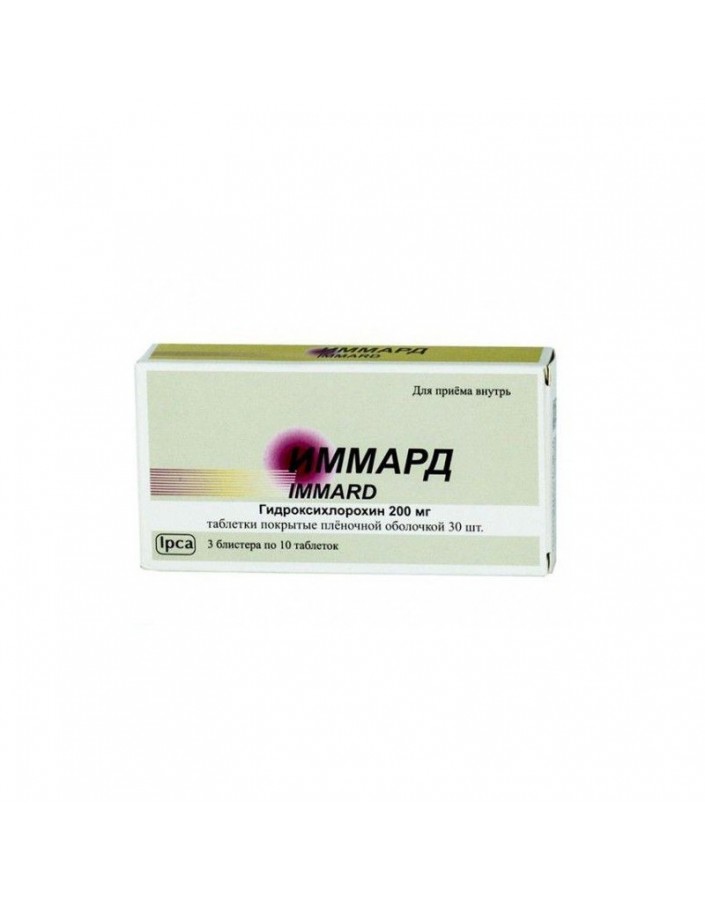




Security policy (edit with Customer reassurance module)

Delivery policy (edit with Customer reassurance module)

Return policy (edit with Customer reassurance module)
From the musculoskeletal and nervous systems: myopathy or neuromyopathy, leading to increased myasthenia and atrophy of the proximal muscle groups; sensory impairment, decreased tendon reflexes, abnormal nerve conduction, muscle weakness; headache, dizziness, nervousness, psychosis, emotional lability, convulsions, ataxia, irritability. On the part of the senses: tinnitus, hearing loss, photophobia, impaired visual acuity, disturbed accommodation, edema and clouding of the cornea, scotoma; with prolonged use of large doses - retinopathy (including with impaired pigmentation and visual field defects), optic nerve atrophy, keratopathy, ciliary muscle dysfunction. On the part of the CCC: CMP, AV block, reduction of myocardial contractility, myocardial hypertrophy; with long-term treatment with large doses - myocardial dystrophy. On the part of the digestive system: nausea, vomiting (rare), loss of appetite, abdominal pain of a spastic nature, diarrhea; hepatotoxicity (abnormal liver function, liver failure). From the side of hematopoietic organs: neutropenia, aplastic anemia, agranulocytosis, thrombocytopenia, hemolytic anemia (in patients with glucose-6-phosphate dehydrogenase deficiency), aggravation of porphyria. On the part of the skin: skin rash (including bullous and generalized pustular), itching, impaired pigmentation of the skin and mucous membranes, hair discoloration, alopecia, photosensitization, Stevens-Johnson syndrome (multiforme exudative erythema), exacerbation of psoria with fever and hyperleukocytosis). Other: weight loss.
Before and during therapy, an ophthalmologic examination should be carried out at least once every 6 months (the use of daily doses of more than 6.5 mg / kg increases the risk of retinal damage). If adverse reactions from the viewpoint occur (decrease in visual acuity, change in color perception, etc.), the drug should be immediately canceled (changes in the retina may progress even after the drug is discontinued). During therapy, constant monitoring of the cellular composition of the blood, the state of skeletal muscles (including tendon reflexes) is necessary. If muscle weakness occurs, the drug should be withdrawn.Use during pregnancy and breastfeeding is possible only for health reasons (in therapeutic doses it can cause CNS damage in the fetus or infant (including ototoxicity, auditory and vestibular, until deafness), retinal bleeding and pathological retina pigmentation (infants are especially sensitive to the toxic effects of 4-aminoquinolines.) During the period of treatment, care must be taken when driving and occupying other potentially dangerous activities that require increased concentration of attention and speed of psychomotor reactions.
Symptoms: cardiotoxicity (impaired conduction in the His bundle; in chronic intoxication, hypertrophy of the myocardium of both ventricles), reduction of blood pressure, neurotoxicity (dizziness, headache, irritability, convulsions, coma), blurred vision, respiratory and heart failure. Overdose is especially dangerous in young children, even taking 1-2 g of the drug can be fatal.
Treatment: gastric lavage, the appointment of Activated carbon (at a dose of 5 times the dose of the drug), forced diuresis and alkalinization of the urine (for example, ammonium chloride to urine pH 5.5-6.5) increase the excretion of 4-aminoquinoline with urine, symptomatic therapy - diazepam, anti-shock therapy).
It is necessary to control the concentration of sodium in the blood serum and constant medical control for at least 6 hours after the relief of symptoms.
The drug should be stored out of the reach of children, dry, protected from light, at a temperature not exceeding 25 ° C.